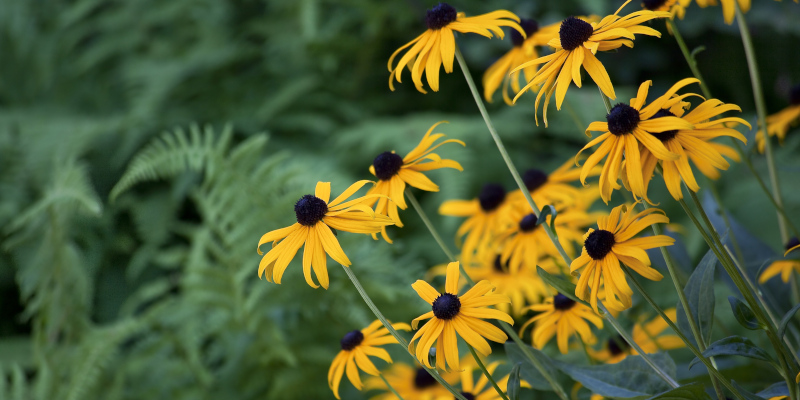In the picturesque Cornelius, North Carolina area, where the beauty of Lake Norman meets charming neighborhoods, landscaping takes on a special significance. Xeriscaping, a water-conserving approach to landscaping, maintains your outdoor spaces’ beauty while also lowering your environmental impact. Discover why xeriscaping is becoming more popular and how you can add elements to your landscaping.

- Native Plants. Incorporate native plants into your xeriscape design; these plants are adapted to the local climate and require less water once established.
- Drought-Tolerant Plants. Choose drought-tolerant varieties that thrive in the region’s climate. Plants like Black-Eyed Susans, Coreopsis, and Coneflowers survive with minimal water and add vibrant colors to your landscaping.
- Mulching. Apply mulch to your garden beds to retain moisture, reduce evaporation, and suppress weed growth. We use stained decorative mulch in brown, black, and red or shredded pine bark mulch.
- Group Plants Strategically. Grouping plants with similar water requirements in your landscape design ensures efficient water use. This prevents overwatering or underwatering of certain areas.
- Hardscaping Elements. Incorporate hardscaping elements like gravel pathways, stone patios, or decorative rocks. These features reduce the need for water-intensive grass and add visual interest to your landscape.
- Professional Guidance. At Lake Norman Lawn Systems, we can advise on plant selection, layout, and maintenance tailored to your lawn’s needs.
Xeriscaping is more than just a water-saving technique – it’s sustainable landscaping. Start your xeriscape journey today and enjoy landscaping that thrives. We can help you decide how to apply some of these elements to your existing landscaping, so call us.
